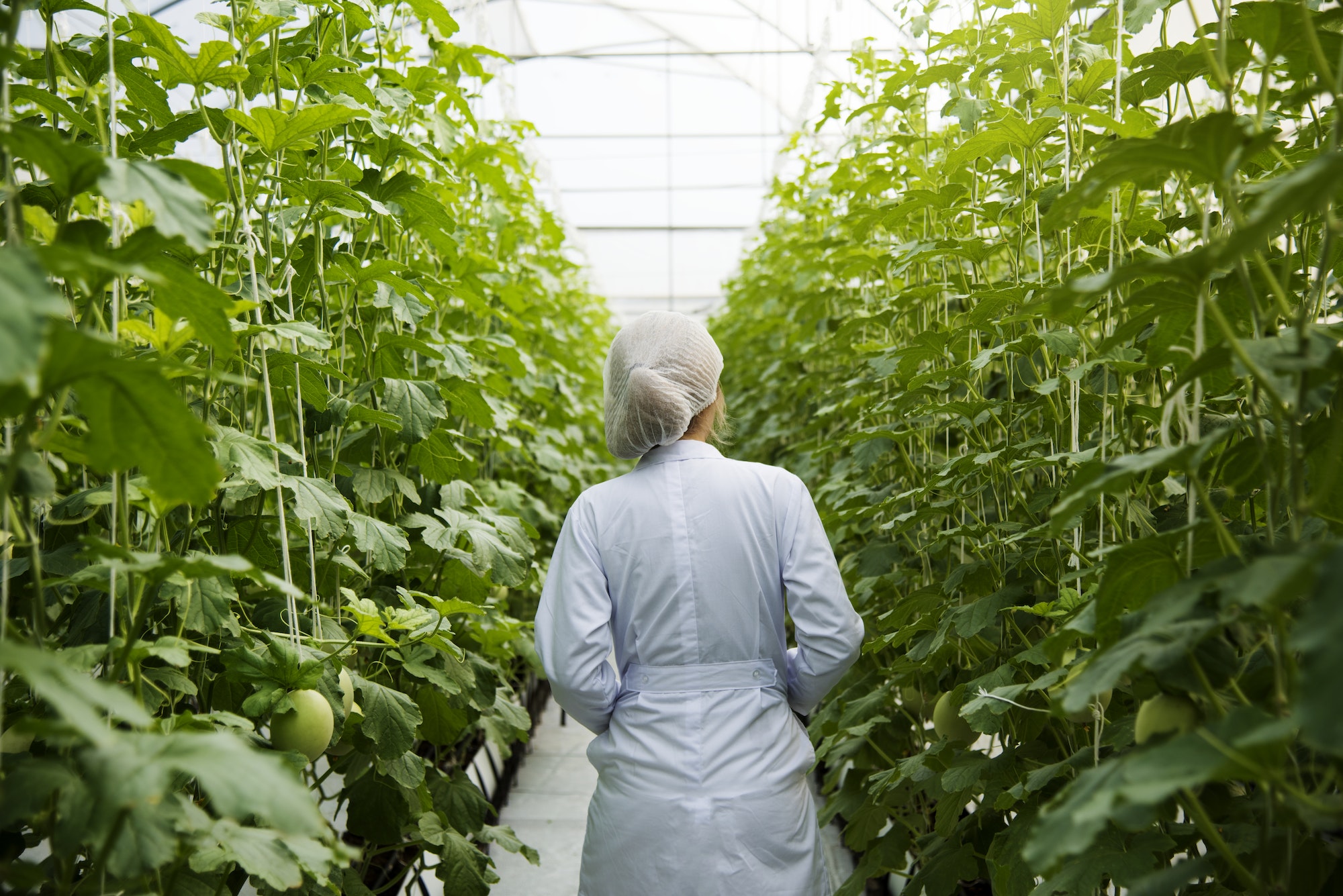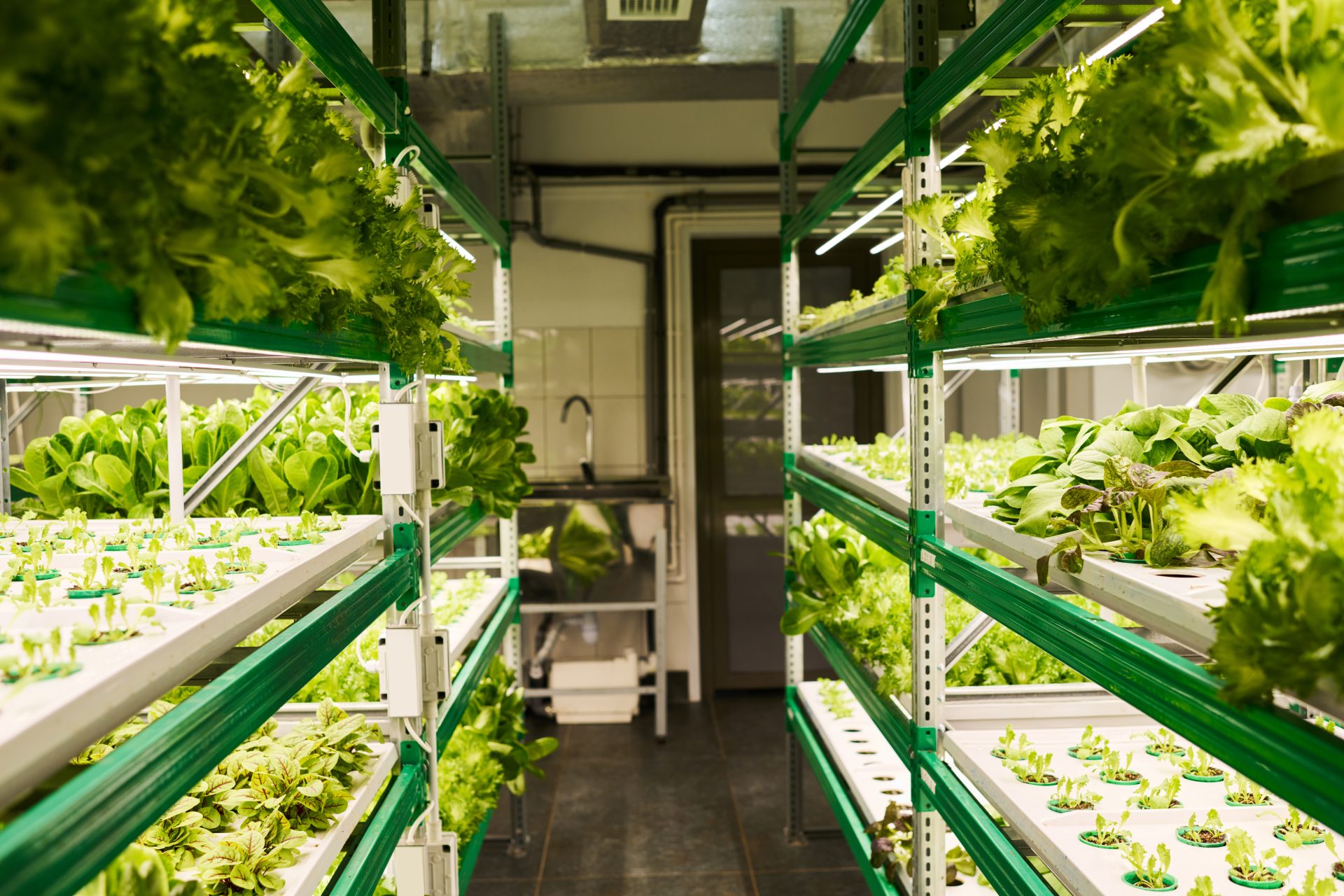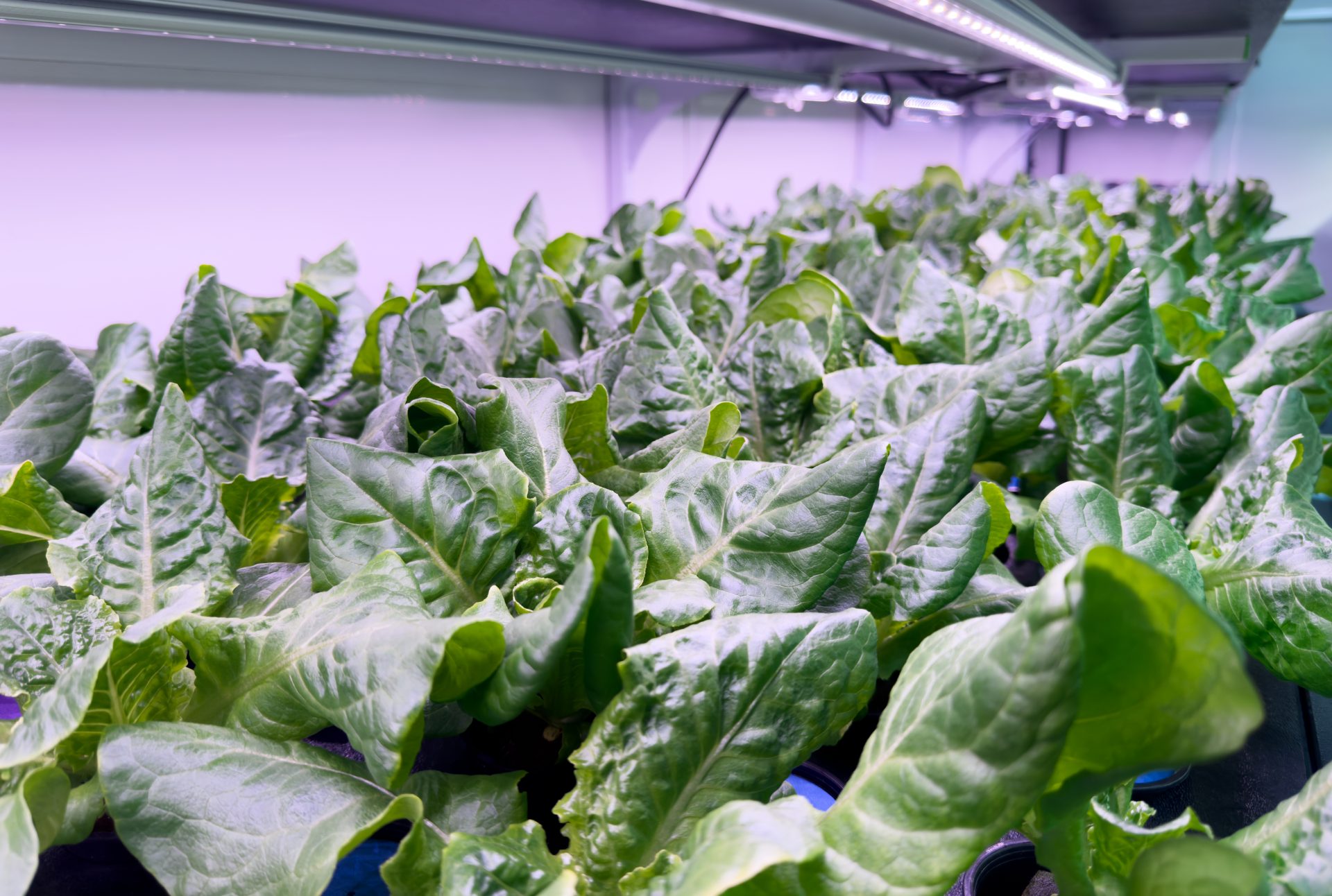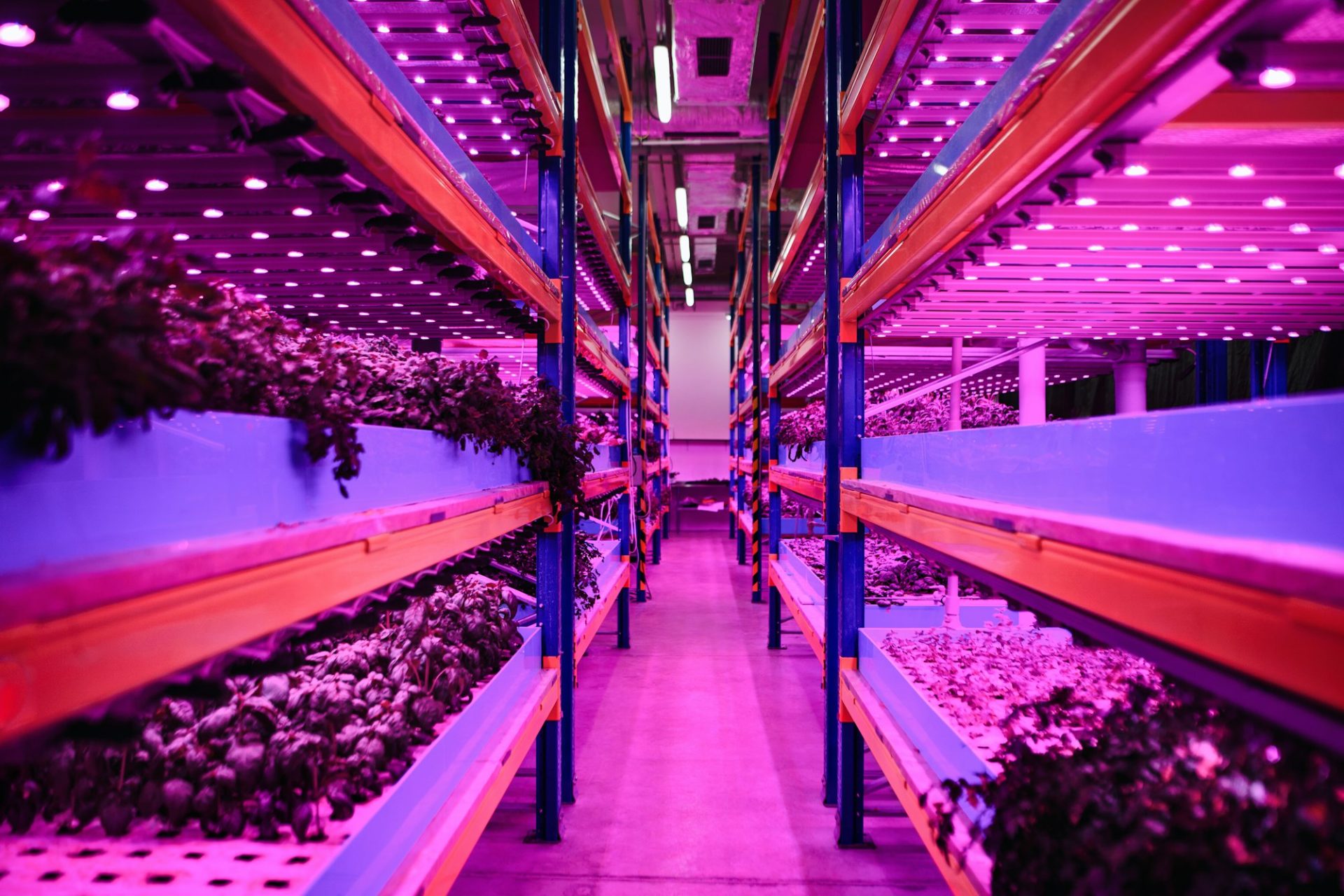Scalable Agricultural Equipment and CEA Systems
TLDR: Scalable, simple agricultural equipment and CEA systems are essential for future-proofing farming operations. They enable smooth growth, flexibility, and efficient resource allocation. By embracing modular design, interoperability, user-friendly upgrades, and automation technologies, manufacturers can create adaptable solutions that help farmers stay competitive and responsive to changing market conditions.
Introduction
Hello friends! In today’s post we’re diving into the concept of scalability in agricultural equipment and Controlled Environment Agriculture (CEA) systems. As we all know, the agricultural sector is not static; it’s a dynamic field that continuously evolves with new challenges and opportunities. In this ever-changing landscape, it’s crucial for farmers to have equipment and systems that are not just effective for today’s needs but can also grow and adapt with their operations over time. The secret sauce? Simplicity in design. So, let’s explore how embracing scalable, easy-to-use equipment and CEA systems can help farmers stay ahead of the curve and future-proof their operations.
Scalability: The Key to Adaptable Farming
Focusing on simplicity in the design of agricultural equipment and CEA systems can significantly enhance their scalability. Here’s why this adaptability matters:
- Growth Potential: The key advantage of scalable equipment and CEA systems lies in their capacity to support the growth of farming operations. Scalable equipment and CEA systems allow farmers to expand their operations smoothly as demand for their products increases. This adaptability ensure that expansion can occur incrementally and cost-effectively, aligning with the pace of business growth and market demand.
- Flexibility: Agriculture is a dynamic field, with constant shifts in crop varieties, farming methodologies, and environmental conditions. Simple, scalable designs make it easier to accommodate new crops, farming practices, or environmental conditions. This flexibility enables farmers to adapt to changing market trends, consumer preferences, or climate conditions ensuring their operations remain viable and competitive.
- Efficient Resource Allocation: Investing in scalable equipment and CEA systems positions farmers to more efficiently allocate their resources. It eliminates the need for immediate large-scale investments, allowing for a focus on gradual expansion or upgrades as needed. This strategic approach to resource management is particularly beneficial for controlling operational costs and minimizing financial risk.
Major Factor
The Approach to Scalable Agricultural Equipment
Here are some of my favorite strategies for achieving simplicity and scalability in agricultural equipment and CEA systems:
- Modular Design: farmers can effortlessly integrate new components or features, allowing for straightforward upgrades or expansions. The modular nature ensures that as farming needs evolve, the equipment can be adapted easily, avoiding the cost and inconvenience of complete system replacements.
- Interoperability: Ensuring that equipment and systems are compatible with a wide range of other devices and platforms can simplify the process for farmers to adopt new solutions and grow their businesses without being limited by compatibility issues.
- User-Friendly Upgrades: Designing equipment and CEA systems with user-friendly upgrades in mind can help farmers adopt new features or expand their systems without the need for extensive technical expertise or costly professional assistance. By simplifying the upgrade process, farmers can stay at the forefront of agricultural technology with minimal disruption to their operations.
- Automation and AI: Incorporating automation and AI technologies into agricultural equipment and CEA systems can help farmers manage larger more complex operations with greater efficiency and ease. These technologies enable precise control over farming conditions, optimize resource usage, and improve decision-making based on real-time data. Automation reduces the manual workload, while AI provides insights and predictive analytics, leading to smarter, more productive farming practices.
Scalability is a crucial consideration for the future of agriculture. By focusing on simplicity in design, manufacturers can create agricultural equipment and CEA systems that can grow and adapt alongside farmers’ operations helping them stay competitive and responsive to changing market conditions.
Such scalable solutions offer farmers the flexibility to expand or modify their systems with minimal disruption, ensuring a seamless transition as their businesses grow. This approach also enables farmers to efficiently manage resource allocation, reducing waste and maximizing productivity. In a landscape where technological advancement is constant, having equipment and systems that can easily integrate these new innovations is crucial.
When planning for the future of your farming operation, remember the significance of scalable, straightforward equipment and CEA systems. Investing in technology that is designed to adapt and expand not only future-proofs your farm but also places you at the forefront of agricultural innovation. With the right tools, you can efficiently navigate the challenges and opportunities that come with a growing business and a changing industry. Happy farming, and here’s to a future where your operation thrives with the aid of adaptable, advanced agricultural technology!
Conclusion






